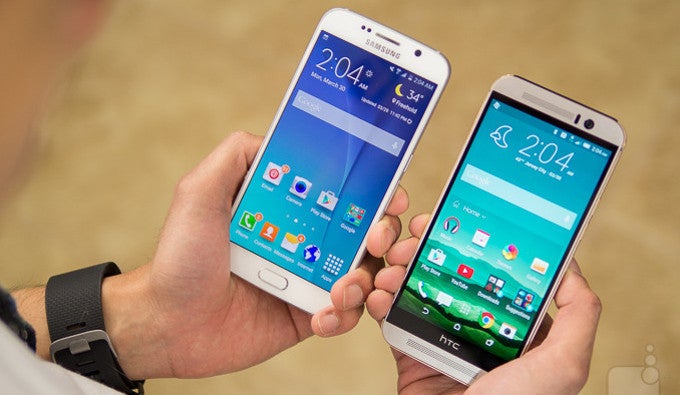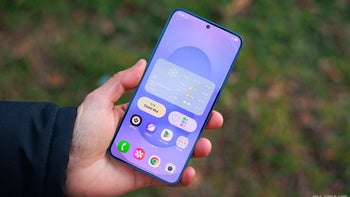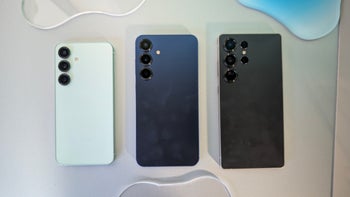What difference does OIS make: Samsung Galaxy S6 vs HTC One M9

Miniature corrections happening hundreds of times make a huge difference
Keep in mind that optical image stabilization is a physical mechanism that is built in the camera module allowing the whole module to 'float', counter-acting movements on various axes: yaw, raw, and pitch. This mechanism will make hundreds of miniature corrections, and this results in the footage looking more stable, but you can also notice a slight wobbliness around the edges of the recording.
Still, the difference in video recording between the no-OIS camera on the HTC One M9 and the optically stabilized one on the Galaxy S6 is really quite profound. Take a look at the video right below to see for yourself, and let us know how important having OIS on your phone's camera is to you.















Things that are NOT allowed:
To help keep our community safe and free from spam, we apply temporary limits to newly created accounts: